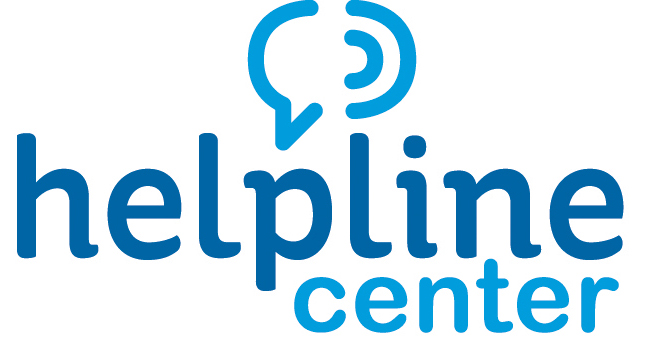Home Modifications and Fall Prevention
What are home modifications?
Home modifications are structural changes or assistive technologies that help make a home accessible and provides easier mobility to people with physical limitations. While home modifications are helpful to all generations, aging adults overwhelmingly wish to age-in-place at home and also experience higher rates of physical disabilities.
Examples of home modifications include:
- Grab bars
- Ramps
- Barrier-free showers
- Comfort-height toilets
- Automatic doors
- Motion sensors
- Lower light switches
- Lever faucets and door knobs
How can home modifications help with falling?
A person’s disabilities, illnesses, or medications may contribute to falls. Adjusting a home’s design to prevent falls may include removing tripping hazards and investing in making changes to increase accessibility and safety. Individual health strategies to prevent falls include reviewing medications, taking fall prevention classes, and connecting with in-home care.
How do I know what home modifications I need?
People may need different home modifications depending on their unique needs and living situation. One of the most important considerations is to make sure that essential home areas are accessible through no-step entrance or a ramp. Some home modifications may be as simple as replacing door hinges or as complex as remodeling an entire bathroom.
Sources for Home Modification Guides:
- AARP Homefit Guide
- org Home Modifications
- SDSU Extension Home Modification Planning Guide
For more information, call 211 or search our online database:
- helplinecenter.org/2-1-1
- Enter your zip code
- Select Housing / Shelter and then explore:
- Home Accessibility Modifications/Adaptations for People with Disabilities
- Home Rehabilitation Programs [Major Home Repairs]
- Select Housing / Shelter and then explore:
- Enter your zip code
Sources:
- Homemods.org Fall Prevention Center of Excellence
- AARP Homefit Guide
- Agininginplace.org
- SDSU Extension Voices for Home Modification of the Dakotas
- SDSU Extension’s Funding Guide
Disclaimer: This HelpSheet is developed by the Helpline Center. HelpSheets provide a brief overview of the designated topic. For more information, call 211 or text your zip code to 898211.
Updated: June 2024






